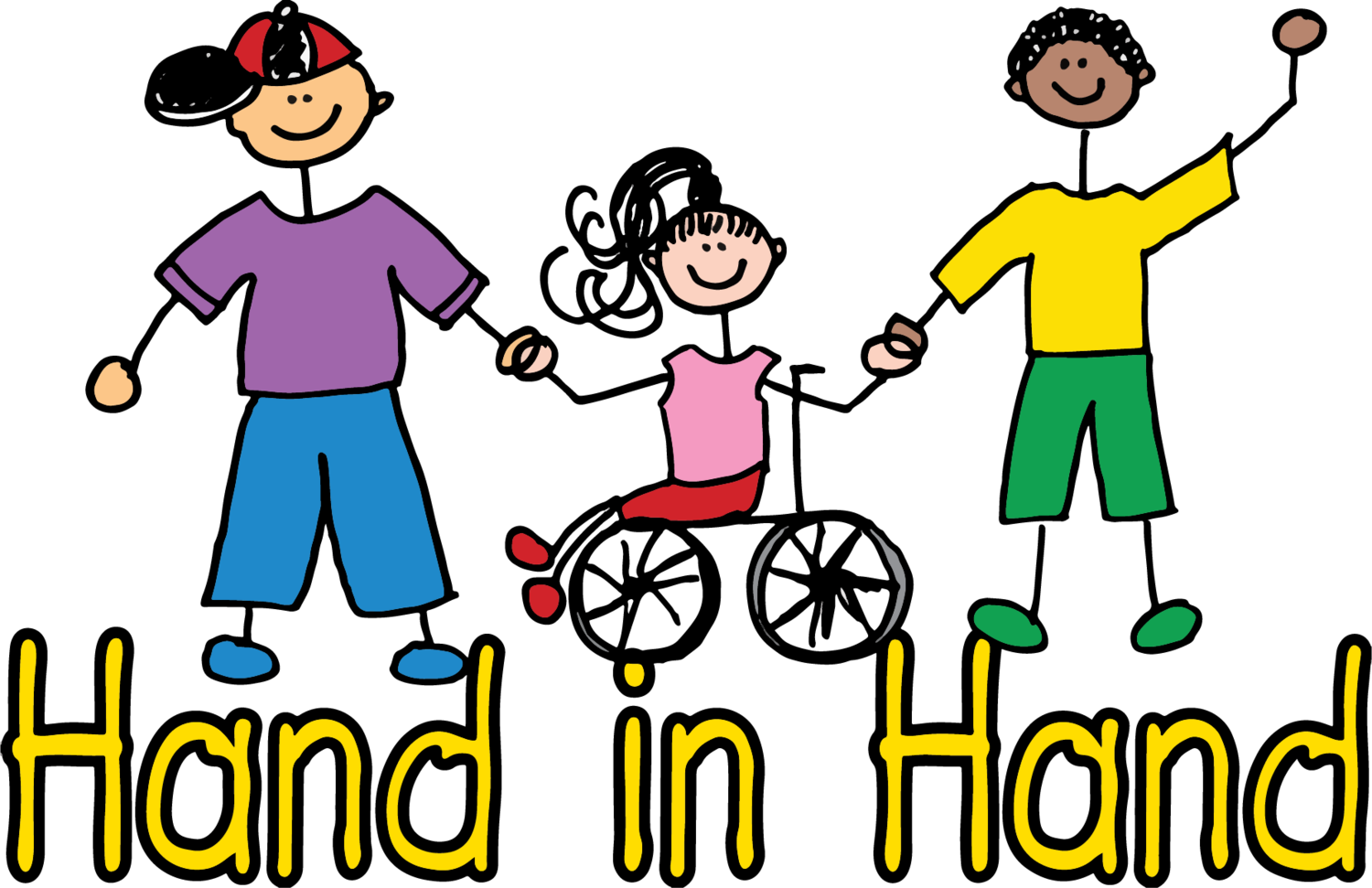Skill Building for the Future: Hand in Hand and Occupational Therapy
By Emma Elceser
Hand in Hand and occupational therapy, the two fit so seamlessly into conversation together. To put it simply, occupational therapy has an overall goal of increasing performance and/or participation in anything its clients want or need to do in their lives. This is typically done by building upon and improving abilities a person already has, providing opportunities for them to learn new skills, or adapting a task to allow for participation with the skill level an individual has already achieved. This can play a large role in allowing children to develop as opportunities can be provided which encourage them to reach new developmental milestones as well as interventions to grow their skills in regard to milestones which have been met, but not yet perfected.
Occupational therapy can be used to improve daily life skills like getting dressed or eating. It can also be used to enhance fine motor skills like writing or buttoning a shirt as well as gross motor skills like climbing the stairs or jumping. Working with occupational therapy can boost cognitive abilities and can help to enhance memory, problem-solving, and organization skills. It can also help people with their communication and relationship building skills and can help them be better at adapting to change.
These opportunities can also be incorporated at places like Hand in Hand, as peer modeling and interaction often has a large effect on how a child develops. Classroom teachers and direct support professionals (DSPs) can provide age and developmental-level appropriate activities in their classrooms to support their participants in continuing to build skills that they will utilize in their futures.
The knowledge provided by an education in occupational therapy becomes extremely beneficial in this setting as it allows someone to assess the behaviors and interactions in a particular classroom or of a particular child, which can then guide in an intervention plan specifically curated toward their strengths and areas for growth. Parents can also find ways to support the development of their child, as they often know them best.
Some simple ways to incorporate this at home are to reward children with preferred activities following participation in things that are more challenging for them, finding ways to include calming sensory experiences (preferred smells, textures, pressure, etc.) with atmospheres which may be stressful for your child, and to incorporate activities into your day which encourage growth of new social, cognitive, and motor skills for your child!



